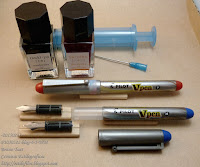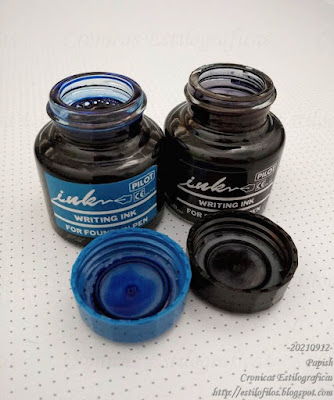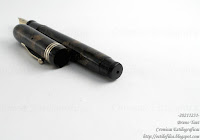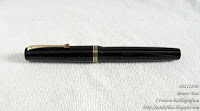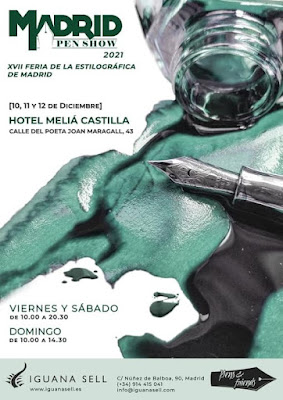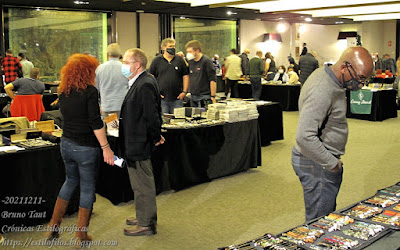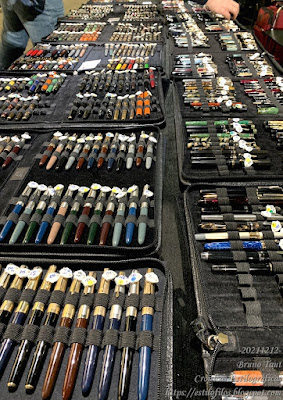There are some people, mostly outside Japan, for whom anything related to
urushi acquires a semi-mythical value. In Japan, some companies do cash on this perception through high prices and long, very long waiting times to deliver the order.
 Expensive and slow.
Expensive and slow.
But the landscape has changed dramatically in recent years. An increasing number of craftsmen both in Japan and overseas have started their business decorating pens, and other goods, with
urushi-related techniques. Their names are becoming well-known—
Bokumondoh in Japan,
Tamenuri Studio in Poland,
Manu Propria in Switzerland,
Vivek Kulkarni in India,
Mr. Cypress in Taiwan, … Needless to say, their quality and styles are different, but they do offer an alternative to those companies with high prices and long waiting times.
 Urushi-e made in Japan. Bokumondoh in action.
Urushi-e made in Japan. Bokumondoh in action.
All these operations make me think that the excuses some use are just means to control the demand instead of real arguments. The fact right now is that most of those artisans are producing more and cheaper, and with high standards of quality regardless of the local climate—if someone can polymerize
urushi in the very dry Spanish plateau you can do it almost anywhere!
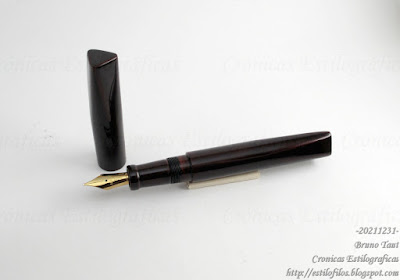
Urushi-nuri made in the dry plains of Spain. Nuart Cygnus (base pen by
Antigua's).
But the consequences of this popularization of
urushi, and the proliferation of craftsmen all over the World, is the cheapening of
urushi and the decoration associated to it. Now,
urushi is no longer something rare and difficult. Now,
urushi decoration can come from Japan or from the US; from Korea or from Poland. The offer is deep and wide and the market will apply its rules.
The label “made in Japan” will still hold some value, but that label is no longer the exclusive property of a couple of makers. And in the meantime, third-party craftsmen, in Japan and abroad, compete with the same tools.
Pilot Vpen, M nib – Pilot Iroshizuku Ku-jaku
Bruno Taut
December 18th, 2021
etiquetas: Japón, urushi, mercado













